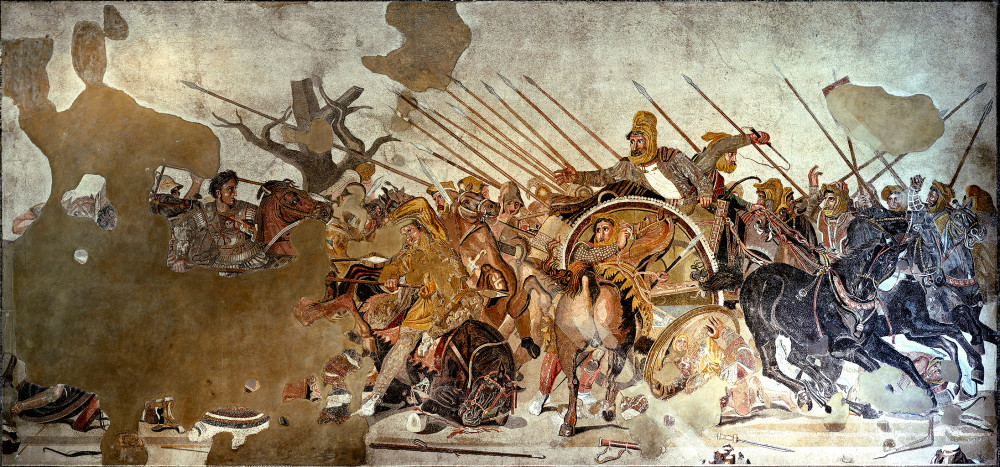Minting Multiculturalism in Alexander's Wake
By Rhyne King
In 334 BCE, Alexander the Great crossed from Europe into Asia Minor and began his conquest of the Achaemenid Empire. Centered in Persia, it was the largest empire the world had yet seen, stretching from from Egypt and Bulgaria in the west to Pakistan and Western China in the east. Founded by Cyrus the Great in 559 BCE, the expansive empire was thought to have ruled over half of the world’s population at its height. The Achaemenid Empire is perhaps best known today for the series of wars it fought with the Greek city states, most notably Athens and Sparta. Although the Achaemenid kings were unsuccessful in their attempts to invade Greece proper, they did control a large Greek population living in modern day Turkey, and the repeated Persian invasions inflicted heavy losses on the Greeks.

The Persians thus loomed in Greek minds as their powerful enemy, and one which Alexander was determined to crush as his armies began their march into Achaemenid territory. Classical sources cite revenge as one of Alexander’s goals, and, whether or not this was true, his forces swiftly conquered Asia Minor, the Levant, and Egypt. The Persian king Darius III massed his forces at Gaugamela, near present-day Mosul in Iraq, but suffered a devastating defeat owing to Alexander’s superior soldiers and tactics.
Darius fled west into the mountains, leaving one of his chief courtiers, Mazday (also known as Mazaeus or Mazaios), in charge of the city of Babylon. When Alexander’s army arrived at the gates, Mazday immediately surrendered the city and ceded control of the the strategically important region around Babylon to the Greeks. But Mazday did not simply surrender because he feared Alexander and his army, he was also motivated by self-interest. Alexander made Mazday satrap (or governor) of Babylon, which suggests he might have struck a deal to surrender the city. This position gave him responsibility for producing coinage:
This is a silver stater that weighs 17 grams, which is fairly heavy for an ancient silver coin, and it was minted in Bablyon under Mazday’s authority (331-328 BCE). On the obverse, the Semitic god Baal, who was worshipped throughout the Middle East, sits enthroned with a scepter in hand. Although mostly illegible, an Aramaic inscription on the right side of the obverse reads, “Baaltars,” a local variant of the god. This image of Baal later came to represent Zeus for coins minted throughout Alexander’s territory, as both were the chief gods of their respective pantheons. The reverse shows a lion, a popular image for millenia in the Middle East, and an Aramaic inscription reading Mazday.
The coin shows something of the cross-cultural influences that followed Alexander’s conquests . The Aramaic language, along with the iconography of Baal and the lion, is deeply Middle Eastern, yet Baal’s image eventually transmorgified into Zeus. The coin was minted at a Greek, rather than Persic, weight standard, and Greek inscription later displaced the Aramaic script. The coin can be viewed as a material symbol of the melding of Greek and Middle Eastern culture in the Hellenistic period.
This is the second in a series of guest posts by students attending the Eric P. Newman Graduate Seminar in Numismatics.





